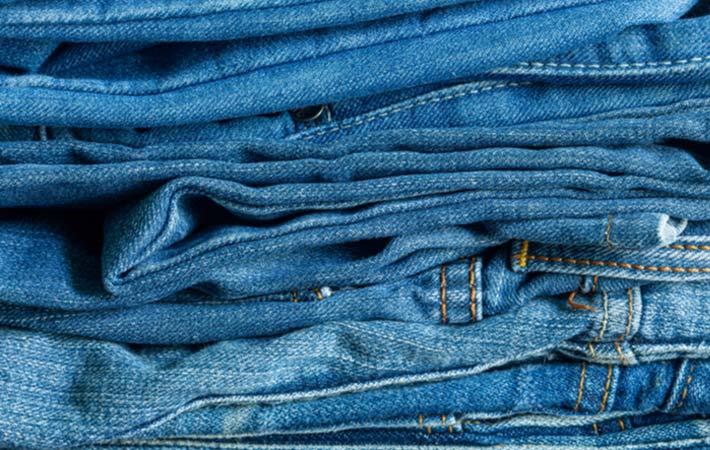Researchers have minuscule fibres from blue denim jeans in the remote Arctic, according to a new study published in the American Chemical Society’s (ACS) ‘Environmental Science & Technology Letters’. Indigo denim accounted for 20 per cent of all microfibres in sediments from the Canadian Arctic Archipelago, a region just south of Greenland, the researchers found.
This is an indication of the far-reaching impact of human activity on ocean life and environment, the researchers said.Researchers have minuscule fibres from blue denim jeans in the remote Arctic, according to a new study published in the American Chemical Society's 'Environmental Science & Technology Letters'. Indigo denim accounted for 20 per cent of all microfibres in sediments from the Canadian Arctic Archipelago, a region just south of Greenland, the researchers found.#
Around 50,000 microfibres, are shed from a single pair of jeans each time they are washed. Although most are captured by wastewater treatment plants, some still end up in rivers, lakes and oceans via wastewater discharge, known as effluent.
Blue jean denim is composed of natural cotton cellulose fibres, processed with synthetic indigo dye and other chemical additives to improve performance and durability.
Miriam Diamond, Samantha Athey and colleagues wondered whether blue jeans were a major source of anthropogenic cellulose microfibers to the aquatic environment, according to an ACS release.
Based on the levels of microfibres found in the effluent, the research team estimated that the treatment plants in the study discharged about 1 billion indigo denim microfibres each day.
The researchers used a combination of microscopy and Raman spectroscopy to identify and count indigo denim microfibres in various water samples collected in Canada. Indigo denim made up 23 per cent, 12 per cent and 20 per cent of all microfibres in sediments from the Great Lakes, shallow suburban lakes near Toronto, Canada and the Canadian Arctic Archipelago respectively.
Despite a high abundance of denim microfibers in Great Lake sediments, the team detected only a single denim microfibre in the digestive tract of a type of fish called rainbow smelt.
Based on the levels of microfibres found in wastewater effluent, the researchers estimated that the wastewater treatment plants in the study discharged about a billion indigo denim microfibres per day. In laundering experiments, the researchers found that a single pair of used jeans could release about 50,000 microfibres per wash cycle.
Although the team doesn't know the effects, if any, that the microfibers have on aquatic life, a practical way to reduce denim microfiber pollution would be for consumers to wash their jeans less frequently, it added.
Fibre2Fashion News Desk (DS)
